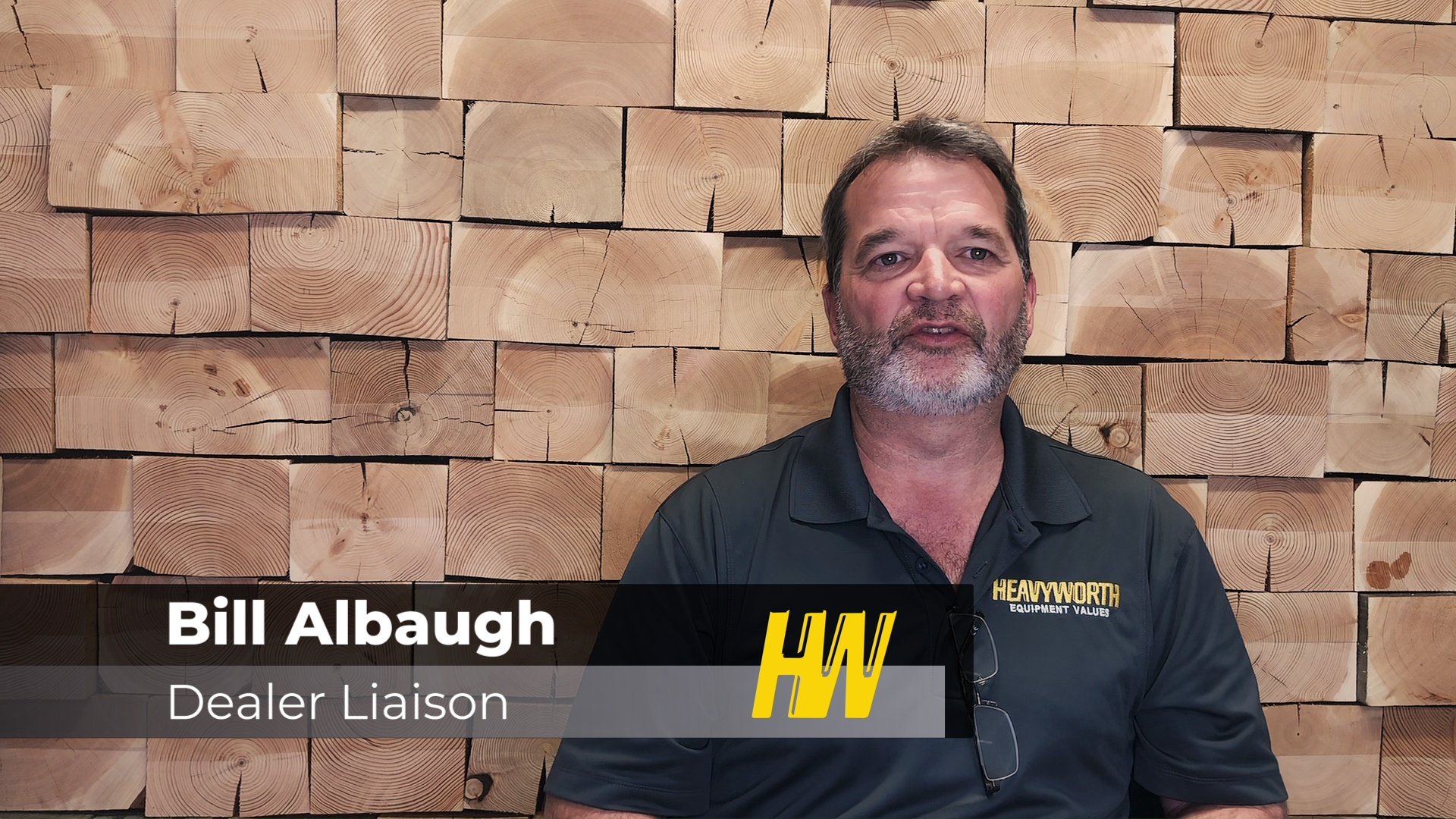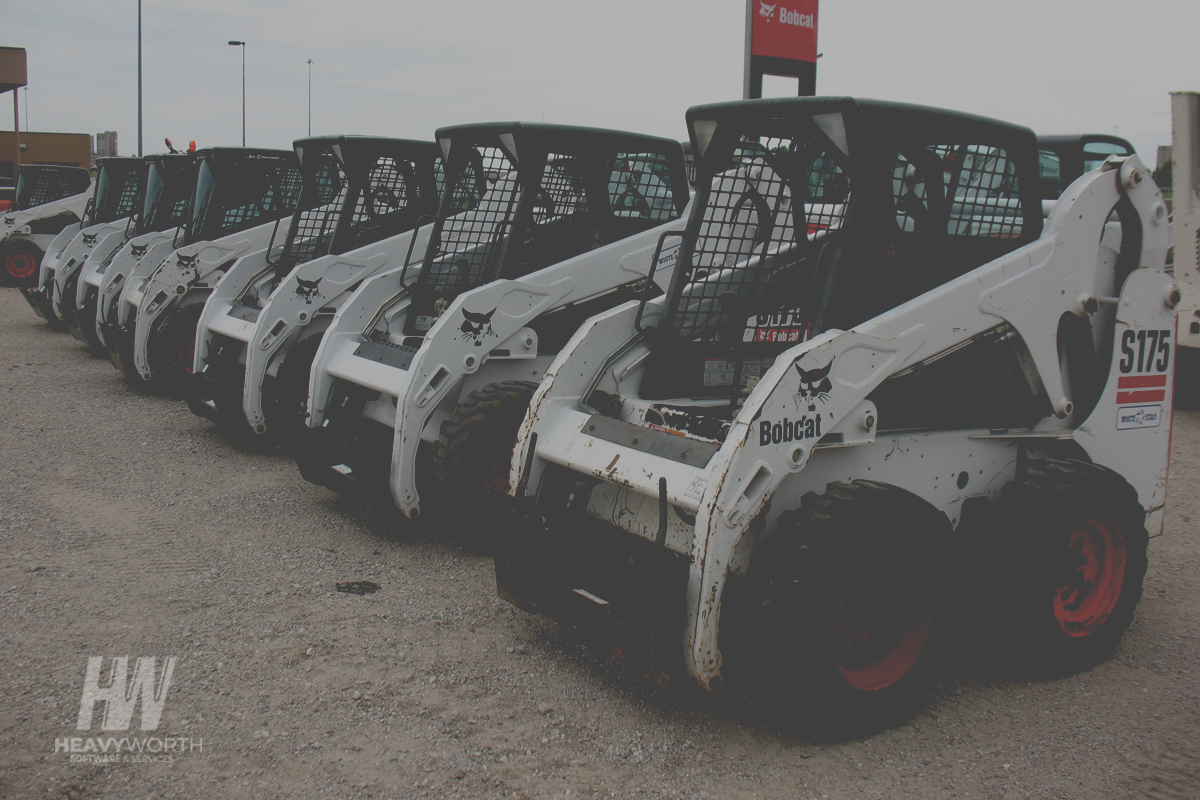Defending equipment valuations to customers who insist the trade-in offer is too low
Often a producer or construction contractor looking to trade-in a piece of equipment is motivated to look for the highest value possible. It's common for such a customer to come to the table with preconceived notions of the value of the equipment based on a cursory search of for-sale listings on various websites or past auction results from local auctioneers. We asked Bill Albaugh what he says to a customer who is claiming his trade-in valuation is too low.
You've got to show them proof, and I go back to making sure that whatever's advertised out there spec-wise matches what the evaluation is. In other words, if somebody's trading in a tractor that has a powershift transmission and no front suspension, and the one they're looking at on TractorHouse has front suspension and maybe a CVT transmission or an IVT transmission, there's a huge difference in valuation because of options. So you want to take a look at your options first to make sure your comparables are there. And if the comparables do match — hour-wise, tires, condition of the piece of equipment — then you need to take a look at okay, so if this tractor matches everything — the tires are the same, the paint quality looks the same, but I'm still $25,000 less — or whatever the number is, you want to take a better look at whatever that advertised price is, knowing that whatever that advertise price is isn't probably what they're going to sell it for. Because, traditionally speaking — and I'm just going to use a broad brush stroke here, and there might be people who cringe a little bit — you know anything advertised, you can probably take 10% off that — 5 to 10% off that — that's what you could probably buy it for. So automatically you've got some money coming off the top there.
But the other thing with evaluating equipment that people need to understand is you've got reconditioning costs. So your trade-in value is going to be before you've got the reconditioning costs, and we've talked about that where your reconditioning costs may be $1500 to $50000. Then the dealers pay interest on their inventory and so you've got interest costs. You've got insurances — you've got all kinds of expenses that go into the valuation of a piece of equipment once it sits out on your yard. That's why we talk about trying to turn inventory within six months because after six months sitting out on inventory lots, it depreciates. And if you're in Iowa, Colorado, Arizona — the sun bake of Arizona but you got the weather extremes of the Midwest — affects how that piece of equipment sitting in your yard looks. Paint quality, belts, gears, sprockets — those types of things all started disintegrating and it makes a huge difference in the valuation of your piece of equipment. You need to valuate your piece of equipment hoping that you set a value on it that turns that inventory within six months because the value will start going down after six months.
When information about a trade-in exists in multiple places — spreadsheets, Dropbox, text messages, email — it's easier for an evaluator to make a mistake. HeavyWorth puts all the information and one pictures in one place so it's easier to compare the attributes of the trade-in against the available comparables. Learn more about how the HeavyWorth platform can streamline the entire valuation process at https://heavyworth.com/software

